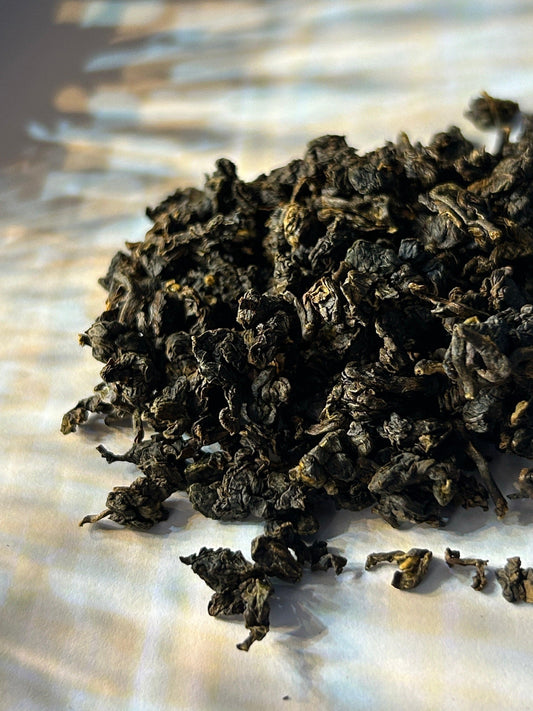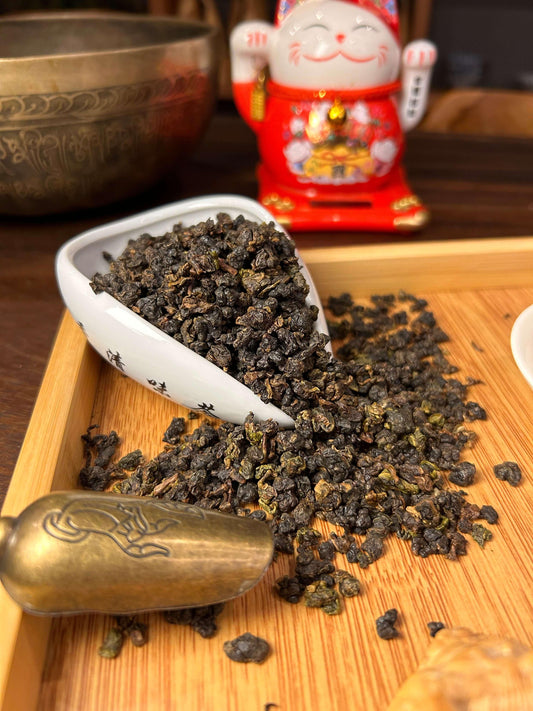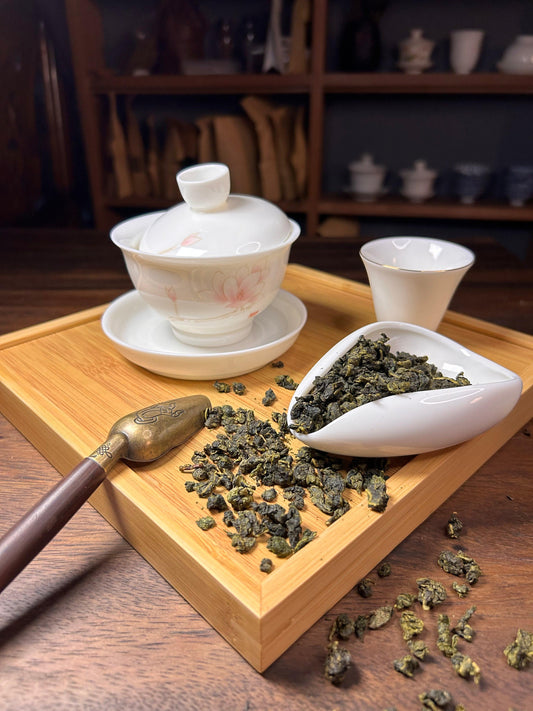In the art of tea, every movement holds meaning.
But without boiling water, the aroma will not rise, the flavor will not awaken, and tea itself will not come alive.
The kettle — Chahu (茶壶) — is the heart of the ceremony, the source of warmth and energy that sustains the entire ritual.
What Is a Chahu
A Chahu is a kettle designed to heat and maintain water temperature during the tea ceremony.
It’s not used for brewing tea itself, but for creating the right water — because in Chinese tea culture, water is the bridge between the leaf and its flavor.
As the Chinese saying goes:
“Good tea requires pure water and living heat.”
Materials
Modern kettles are crafted from a variety of materials, each adding its own character and mood to the ceremony:
- Metal (copper, iron, stainless steel) — retains heat for a long time, radiating power and stability.
- Glass — allows you to watch the bubbles and observe the moment of “living boiling.”
- Ceramic or porcelain — keeps the warmth gentle, bringing calm to the ritual.
Some artisans combine materials — for example, glass bodies with metal handles or lids blending elegance with practicality.
The Art of Crafting
Creating a Chahu is not just working with materials, but understanding how heat, form, and water interact. Traditional metal kettles were forged by hand, and antique iron kettles were often passed down through generations, absorbing the “memory of water” and the spirit of their owners.
Glass kettles, on the other hand, demand precision. The artisan carefully blows the form, ensuring perfect proportions for even heating and safe, graceful handling.
Symbolism and Ritual
In Chinese philosophy, water symbolizes the Way (Dao), and boiling water represents awakening.
When the water begins to heat, the tea master listens — from the soft whisper of bubbles to the deep breath of a full boil — each stage holds its own meaning.
- At the “fish eye” stage (when the first bubbles appear), the kettle is ready to warm the teaware.
- At the “pearl boiling” stage, the water reaches the perfect temperature for brewing tea.
Thus, the Chahu is not merely a tool for heating water — it sets the rhythm of the ceremony, guiding its breath and flow.
Contemporary Masters
Today, Chahu kettles continue to be crafted by hand in China, Japan, and Taiwan.
Modern artisans experiment with form, texture, and balance, creating kettles that merge ancient traditions with modern aesthetics. Each kettle is an expression of the maker’s philosophy — even the sound of boiling becomes part of the art.
Conclusion
A Chahu is not just a utensil. It is the embodiment of warmth, motion, and life within the tea ceremony. It unites fire, water, and tea into a single flow — inviting us to experience the stillness within movement.





